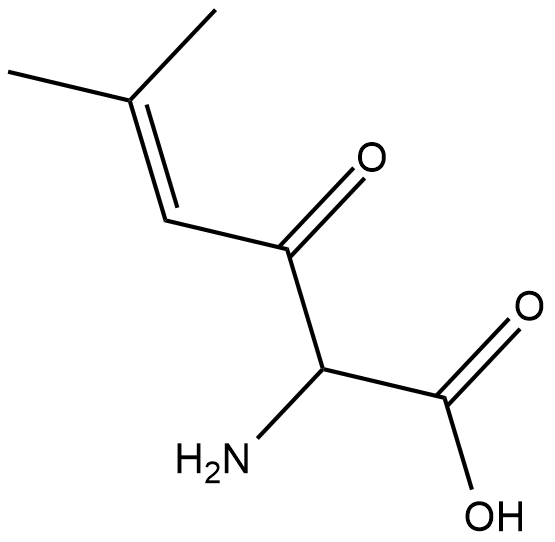Proteases
Proteases is a general term for a class of enzymes that hydrolyze protein peptide chains. According to the way they degrade polypeptides, they are divided into two categories: endopeptidases and telopeptidases. The former can cut the large molecular weight polypeptide chain from the middle to form prions and peptones with smaller molecular weights; the latter can be divided into carboxypeptidase and aminopeptidase, which respectively remove the peptide from the free carboxyl terminus or free amino terminus of the polypeptide one by one. Chain hydrolysis produces amino acids.
A general term for a class of enzymes that hydrolyze peptide bonds in proteins. According to the way they hydrolyze polypeptides, they can be divided into endopeptidases and exopeptidases. Endopeptidase cleaves the interior of the protein molecule to form smaller molecular weight peptones and peptones. Exopeptidase hydrolyzes peptide bonds one by one from the end of the free amino group or carboxyl group of protein molecules, and frees amino acids, the former is aminopeptidase and the latter is carboxypeptidase. Proteases can be classified into serine proteases, sulfhydryl proteases, metalloproteases and aspartic proteases according to their active centers and optimum pH. According to the optimum pH value of its reaction, it is divided into acidic protease, neutral protease and alkaline protease. The proteases used in industrial production are mainly endopeptidases.
Proteases are widely found in animal offal, plant stems and leaves, fruits and microorganisms. Microbial proteases are mainly produced by molds and bacteria, followed by yeast and actinomycetes.
Enzymes that catalyze the hydrolysis of proteins. There are many kinds, the important ones are pepsin, trypsin, cathepsin, papain and subtilisin. Proteases have strict selectivity for the reaction substrates they act on. A protease can only act on certain peptide bonds in protein molecules, such as the peptide bonds formed by the hydrolysis of basic amino acids catalyzed by trypsin. Proteases are widely distributed, mainly in the digestive tract of humans and animals, and are abundant in plants and microorganisms. Due to limited animal and plant resources, the industrial production of protease preparations is mainly prepared by fermentation of microorganisms such as Bacillus subtilis and Aspergillus terrestris.
Targets for Proteases
- Caspase(114)
- Aminopeptidase(24)
- ACE(74)
- Calpains(20)
- Carboxypeptidase(10)
- Cathepsin(81)
- DPP-4(31)
- Elastase(26)
- Gamma Secretase(67)
- HCV Protease(59)
- HSP(113)
- HIV Integrase(37)
- HIV Protease(47)
- MMP(228)
- NS3/4a protease(8)
- Serine Protease(18)
- Thrombin(58)
- Urokinase(4)
- Cysteine Protease(0)
- Other Proteases(18)
- Tyrosinases(47)
- 15-PGDH(1)
- Acetyl-CoA Carboxylase(13)
- Acyltransferase(59)
- Aldehyde Dehydrogenase (ALDH)(28)
- Aminoacyl-tRNA Synthetase(9)
- ATGL(1)
- Dipeptidyl Peptidase(56)
- Drug Metabolite(457)
- E1/E2/E3 Enzyme(90)
- Endogenous Metabolite(1636)
- FABP(30)
- Farnesyl Transferase(23)
- Glutaminase(14)
- Glutathione Peroxidase(14)
- Isocitrate Dehydrogenase (IDH)(28)
- Lactate Dehydrogenase(17)
- Lipoxygenase(234)
- Mitochondrial Metabolism(207)
- NEDD8-activating Enzyme(7)
- Neprilysin(12)
- PAI-1(13)
- Ser/Thr Protease(41)
- Tryptophan Hydroxylase(13)
- Xanthine Oxidase(18)
- MALT1(10)
- PCSK9(1)
Products for Proteases
- Cat.No. Nombre del producto Información
-
GC31611
2-Phenylpropionic acid
El Ácido 2-fenilpropiÓnico es un intermediario en el metabolismo del alfa-metilestireno.
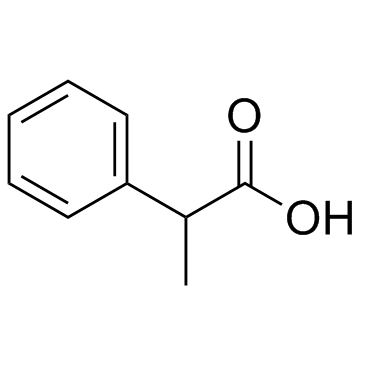
-
GC35095
2-Phospho-L-ascorbic acid trisodium salt
La sal trisÓdica del Ácido 2-fosfo-L-ascÓrbico (trisodio del Ácido 2-fosfo-L-ascÓrbico) es un derivado de la vitamina C de acciÓn prolongada que puede estimular la formaciÓn y expresiÓn de colÁgeno.
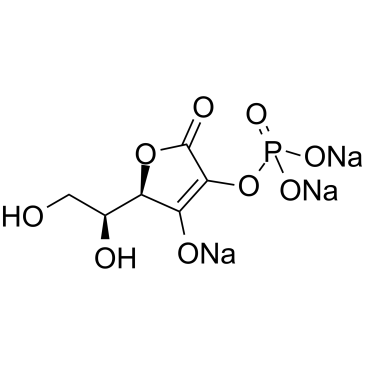
-
GC60486
2-Piperidone
La 2-piperidona es un metabolito endÓgeno.
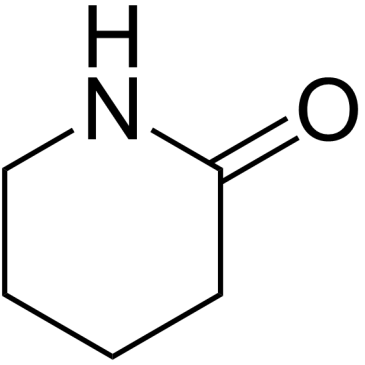
-
GC19539
2-Pyrrolidinone
2-Pirrolidona
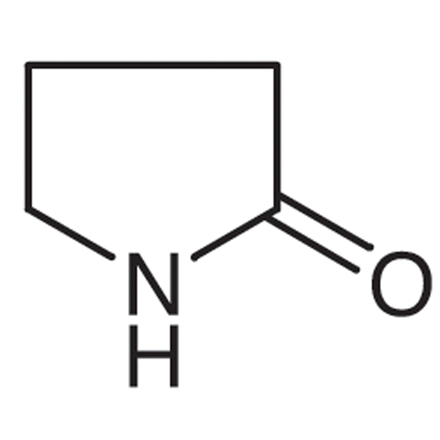
-
GC42193
2-Thenoyltrifluoroacetone
La 2-tenoiltrifluoroacetona es un agente quelante.

-
GC60487
2-Thiophenecarboxaldehyde
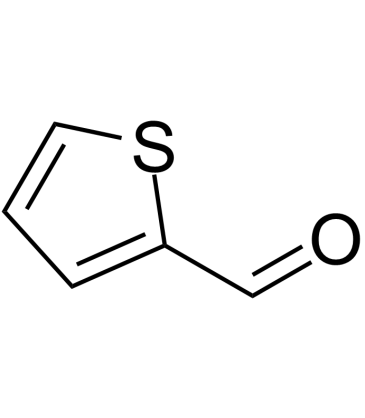
-
GC42082
20-carboxy Leukotriene B4
20-carboxy LTB4 is a metabolite of LTB4 in human neutrophils.

-
GC35075
20-HETE
Un estándar analítico cuantitativo garantizado para cumplir con las especificaciones de identidad, pureza, estabilidad y concentración de MaxSpec®.
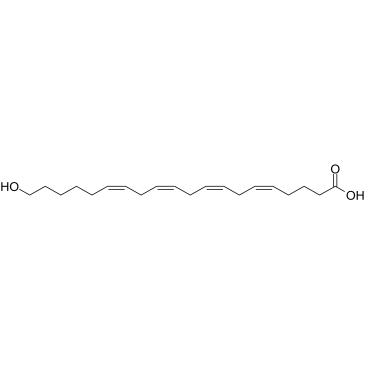
-
GC41421
20-hydroxy Leukotriene B4
20-hydroxy LTB4 is a metabolite of LTB4 in human neutrophils.

-
GC40968
21-hydroxy Eplerenone
21-hydroxy Eplerenone is a major metabolite of the mineralocorticoid receptor antagonist eplerenone.

-
GC33798
21-Hydroxypregnenolone
La 21-hidroxipregnenolona es un intermediario esencial en la sÍntesis de corticosterona.
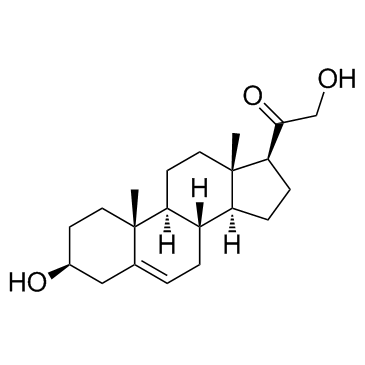
-
GC62767
23,25-Dihydroxy-24-oxovitamin D3
La 23,25-dihidroxi-24-oxovitamina D3 es un metabolito principal de la 24(R),25-dihidroxivitamina D3.
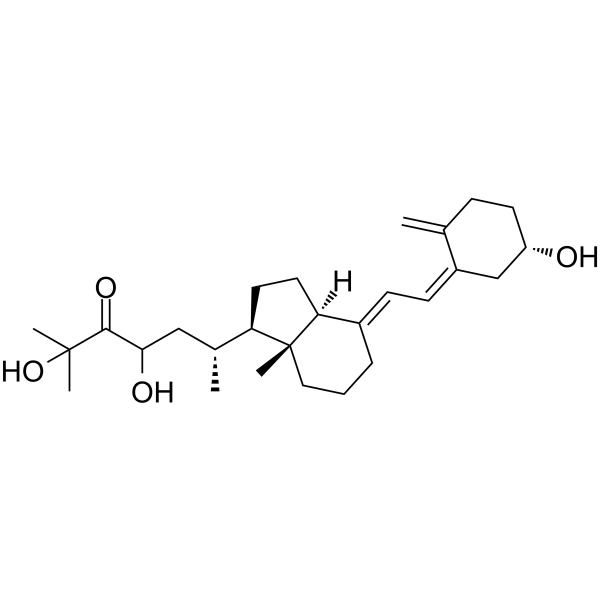
-
GC35079
24, 25-Dihydroxy VD2
24, 25-Dihidroxi VD2 es un metabolito hidroxilado de la vitamina D2; un anÁlogo sintético de la vitamina D.
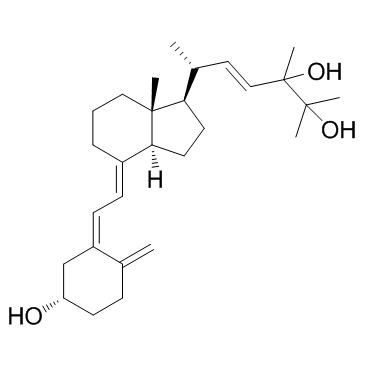
-
GC17566
24, 25-Dihydroxy VD3
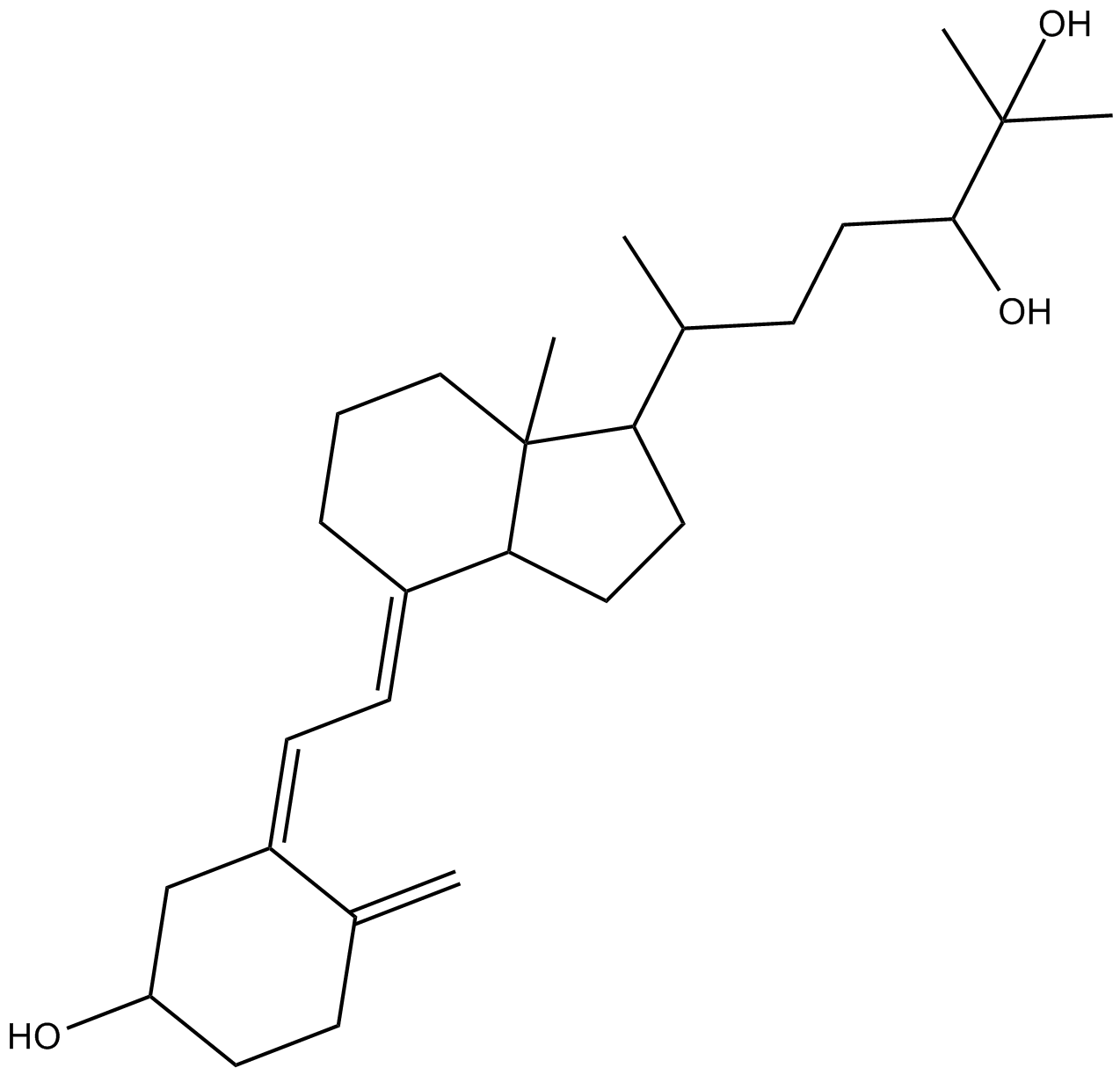
-
GC13887
25(R)-27-hydroxy Cholesterol
El colesterol 25(R)-27-hidroxi es un modulador selectivo del receptor de estrÓgeno y un agonista del receptor X del hÍgado.
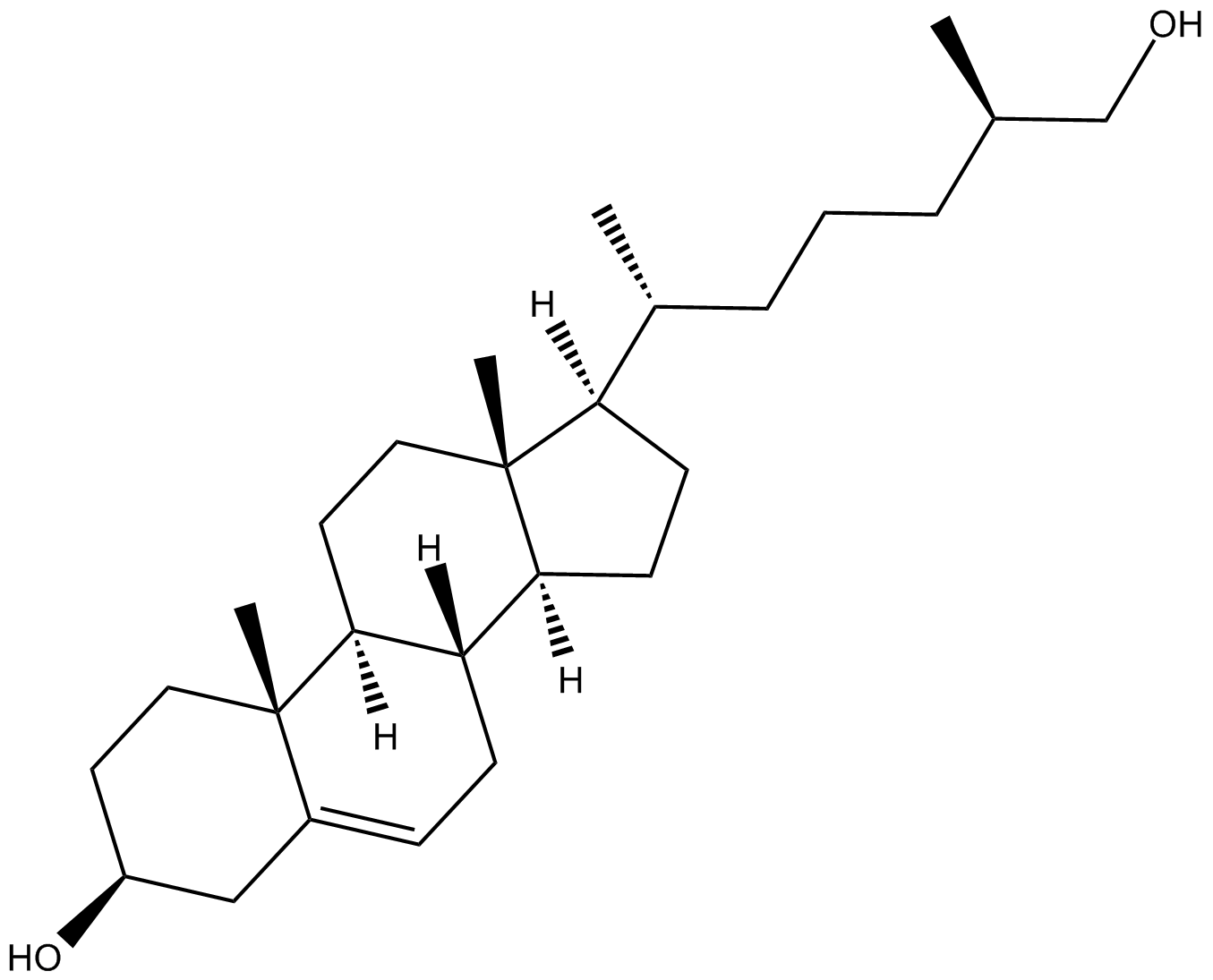
-
GC35081
25,26-Dihydroxyvitamin D3
La 25,26-dihidroxivitamina D3(25,26-dihidroxicolecalciferol) es un metabolito de la vitamina D3 con actividad de transporte intestinal de calcio.
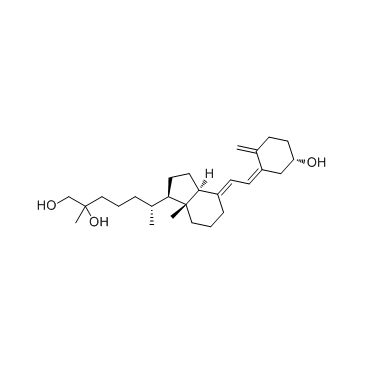
-
GC49365
25-Desacetyl Rifampicin
A major active metabolite of rifampicin

-
GC33860
25-Hydroxycholesterol
El 25-hidroxicolesterol es un metabolito del colesterol producido y secretado por los macrÓfagos en respuesta a la activaciÓn del receptor tipo Toll (TLR).
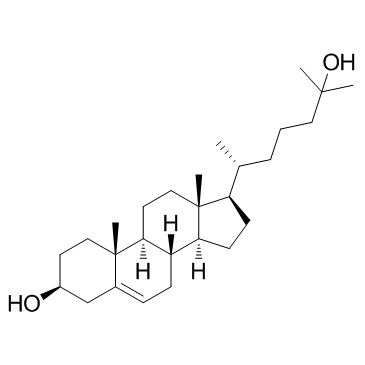
-
GC64985
3'-O-Methylguanosine
3'-O-metilguanosina es un análogo de nucleósido metilado y un terminador de cadena de ARN.
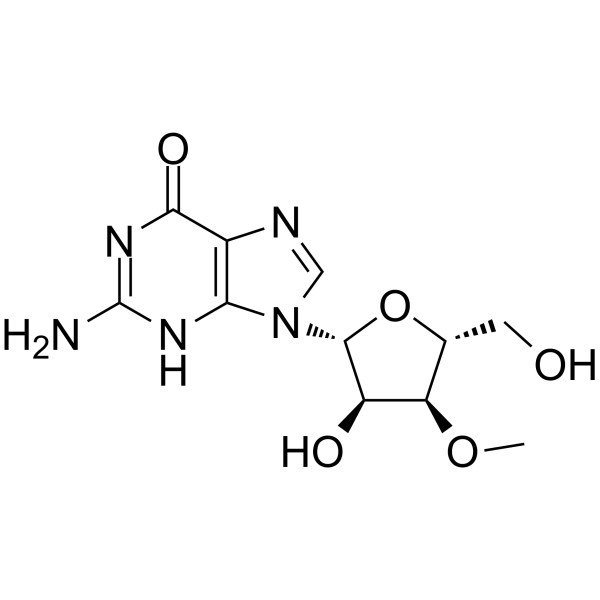
-
GC60493
3',4'-Dihydroxyacetophenone
La 3',4'-dihidroxiacetofenona (3,4-DHAP), aislada de las agujas de Picea Schrenkiana, muestra una fuerte acciÓn supresora de la actividad de la tirosinasa, con una IC50 de 10 μM. La 3',4'-dihidroxiacetofenona (3,4-DHAP) es un agente vasoactivo y antioxidante.
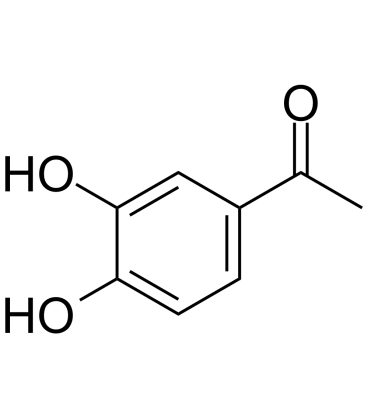
-
GC60023
3'-Deoxyuridine-5'-triphosphate
El 3'-desoxiuridina-5'-trifosfato (3'-dUTP) es un anÁlogo de nucleÓtido que inhibe las ARN polimerasas I y II dependientes de ADN.
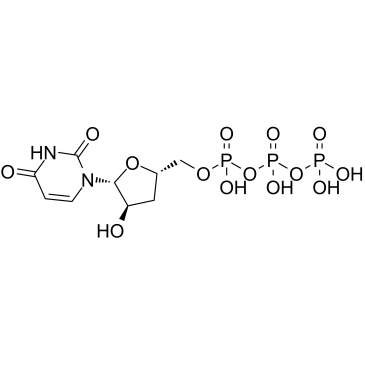
-
GC61862
3'-Deoxyuridine-5'-triphosphate trisodium
El 3'-desoxiuridina-5'-trifosfato trisÓdico (3'-dUTP trisÓdico) es un anÁlogo de nucleÓtido que inhibe las ARN polimerasas I y II dependientes de ADN.
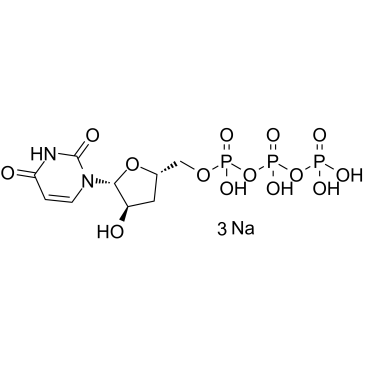
-
GC41480
3'-hydroxy Lidocaine
3'-hydroxy Lidocaine is an active metabolite of lidocaine formed by the cytochrome P450 (CYP) isoforms CYP1A2 and CYP3A4.

-
GC39611
3'-Hydroxy Repaglinide
La 3'-hidroxi repaglinida es un metabolito CYP2C8 principal de la repaglinida.
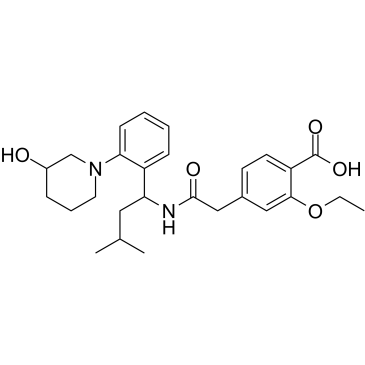
-
GC60500
3'-Hydroxy Repaglinide D5
3'-Hydroxy Repaglinide D5 es la 3'-Hydroxy Repaglinide marcada con deuterio.
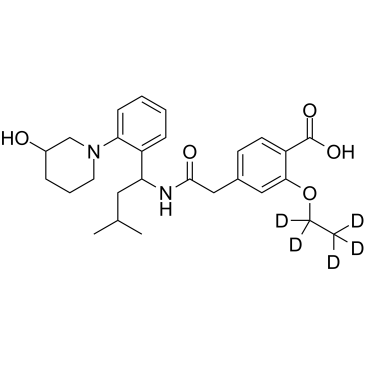
-
GC42201
3,3'-Diiodo-L-thyronine
La 3,3'-diyodo-L-tironina (3,3'-T2) es un metabolito endÓgeno de la hormona tiroidea.

-
GC60491
3,3-Dimethylglutaric acid
El Ácido 3,3-dimetilglutÁrico, un miembro de los Ácidos grasos ramificados con metilo, es un metabolito endÓgeno que se encuentra ocasionalmente en la orina humana.
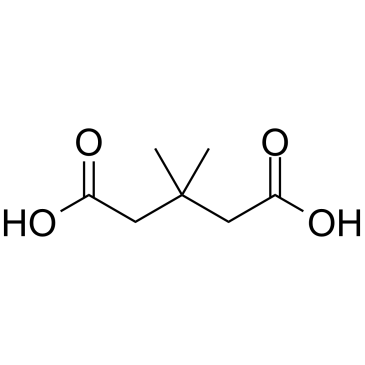
-
GC33703
3,4,5-Trimethoxycinnamic acid
El Ácido 3,4,5-trimetoxicinÁmico es un fenilpropanoide aislado de las raÍces de Polygala tenuifoliaWILLD, con efecto antiestrés, prolongando el tiempo de sueÑo en los animales.
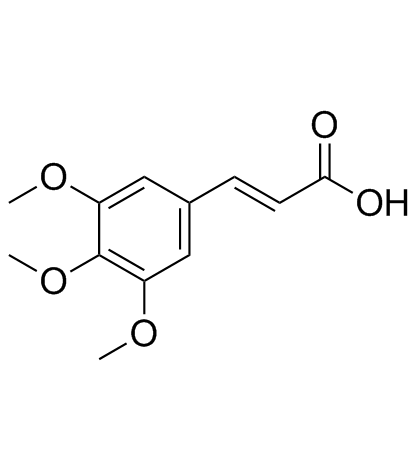
-
GC68082
3,4,5-Trimethoxyphenylacetic acid

-
GC39841
3,4-Dehydro Cilostazol
3,4-Dehydro Cilostazol (OPC-13015) es un metabolito activo de Cilostazol.
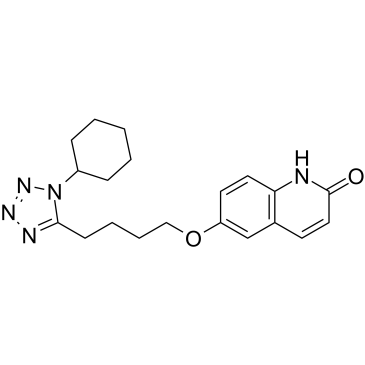
-
GC33649
3,4-Dihydroxybenzeneacetic acid
El Ácido 3,4-dihidroxibencenoacético es el principal metabolito neuronal de la dopamina.
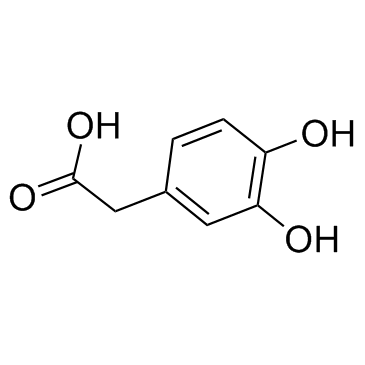
-
GC30146
3,4-Dihydroxymandelic acid
El Ácido 3,4-dihidroximandélico es un metabolito de la noradrenalina.
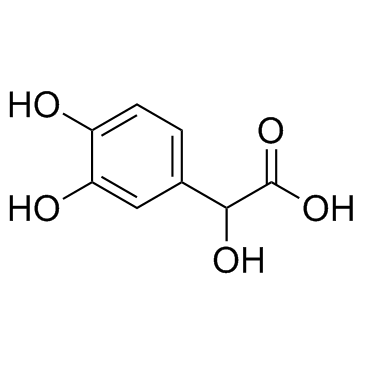
-
GC39777
3,4-Dimethoxyphenethylamine
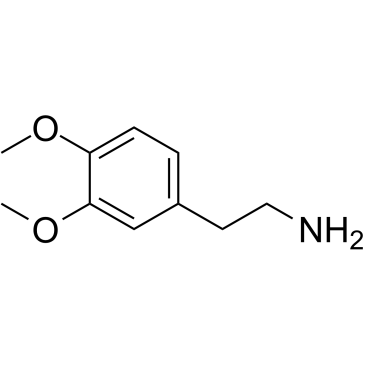
-
GC39327
3,4-Dimethoxyphenol
El 3,4-dimetoxifenol es un compuesto fenilpropanoide de origen vegetal y se puede utilizar como agente blanqueador en cosméticos.
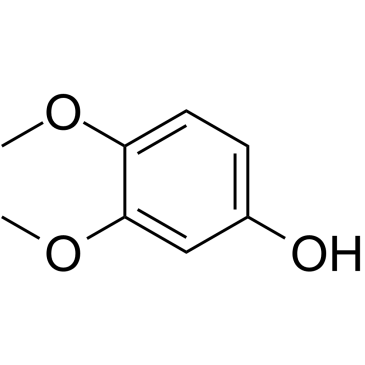
-
GC33615
3,4-Dimethoxyphenylacetic acid
El Ácido 3,4-dimetoxifenilacético es un elemento bÁsico en la sÍntesis quÍmica.
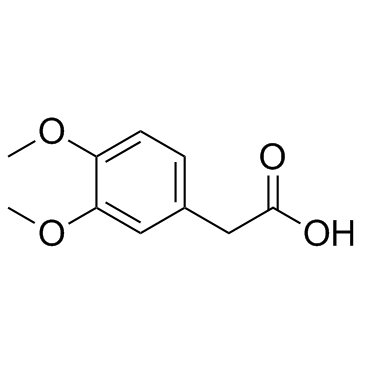
-
GC60497
3,5-Dihydroxyacetophenone
La 3,5-dihidroxiacetofenona es un metabolito endÓgeno.
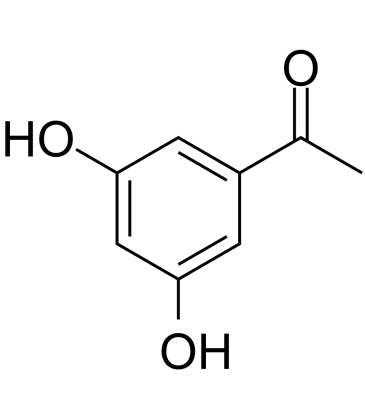
-
GC33817
3,5-Dihydroxybenzoic acid
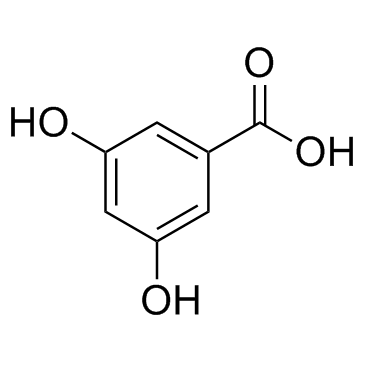
-
GC61716
3,5-Dimethylbenzaldehyde
El 3,5-dimetilbenzaldehÍdo es un elemento bÁsico en la sÍntesis quÍmica.
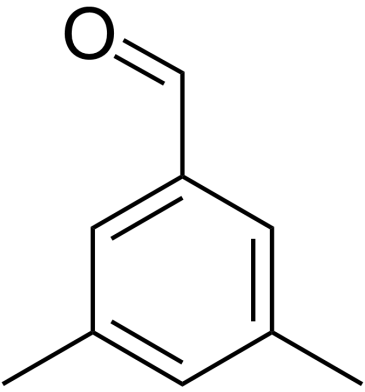
-
GC62788
3-(2,4-Dihydroxyphenyl)propanoic acid
El Ácido 3-(2,4-dihidroxifenil)propanoico (DPPacid) es un inhibidor potente y competitivo de la tirosinasa, inhibe la L-tirosina y la DL-DOPA con una IC50 y una Ki de 3,02 μM y 11,5 μM, respectivamente.
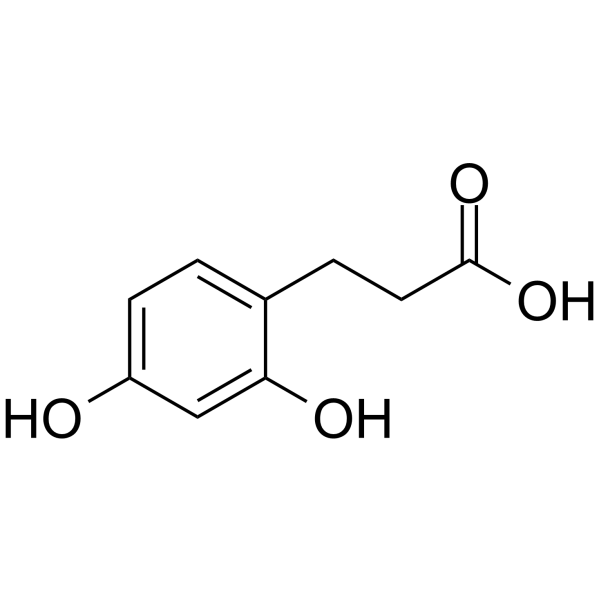
-
GC62789
3-(2-Hydroxyphenyl)propanoic acid
El Ácido 3-(2-hidroxifenil)propanoico es un metabolito endÓgeno.
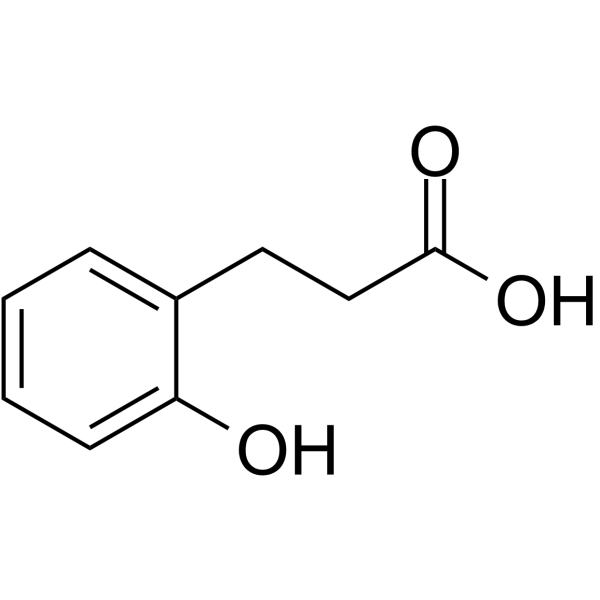
-
GC33618
3-(3,4,5-Trimethoxyphenyl)propanoic acid
El Ácido 3-(3,4,5-trimetoxifenil)propanoico se encuentra en hierbas y especias.
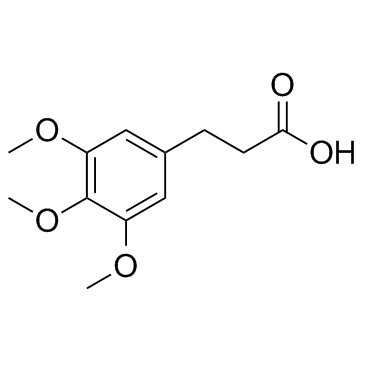
-
GC60488
3-(3-Hydroxyphenyl)propionic acid
El Ácido 3-(3-hidroxifenil)propiÓnico es un metabolito flavonoide formado por la microflora humana.
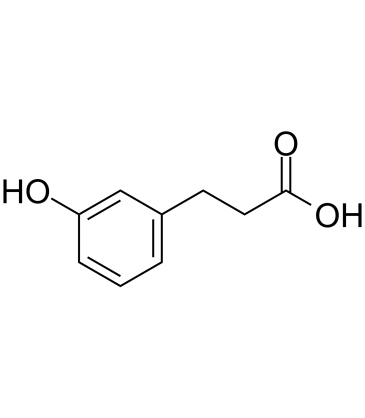
-
GC52324
3-(3-Hydroxyphenyl)propionic Acid sulfate
A metabolite of certain phenols and glycosides

-
GC31625
3-(3-Methoxyphenyl)propionic acid
El Ácido 3-(3-metoxifenil)propiÓnico es un Ácido orgÁnico, un metabolito humano natural y excretado en la orina humana.
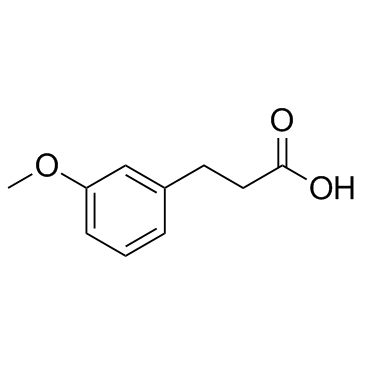
-
GC42198
3-(4-Chlorophenyl)-4-hydroxybutyric Acid (sodium salt)
An inactive metabolite of baclofen
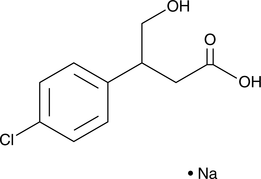
-
GC32943
3-(Methylthio)propionic acid (3-Methylsulfanylpropionic acid)
El Ácido 3-(metiltio)propiÓnico (Ácido 3-metilsulfanilpropiÓnico) es un intermediario en el metabolismo de la metionina.
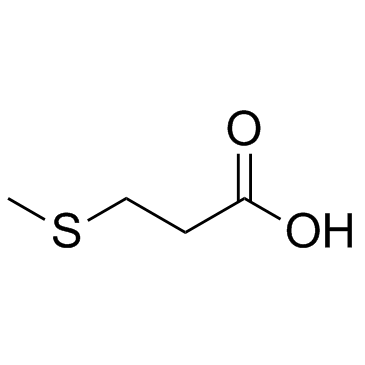
-
GC46583
3-Amino-2,6-Piperidinedione
An active metabolite of (±)-thalidomide

-
GC31569
3-Amino-2-methylpropanoic acid
El Ácido 3-amino-2-metilpropanoico podrÍa inducir el oscurecimiento de la grasa blanca y la β-oxidaciÓn hepÁtica y estÁ inversamente correlacionado con los factores de riesgo cardiometabÓlico.
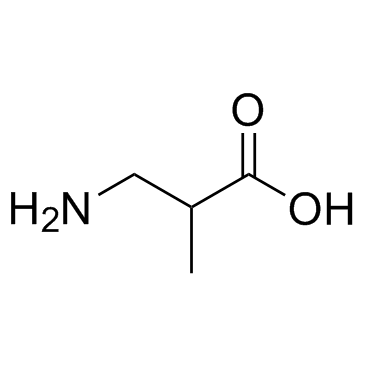
-
GC62793
3-Amino-2-oxazolidinone
La 3-amino-2-oxazolidinona (AOZ) es el metabolito de la furazolidona.
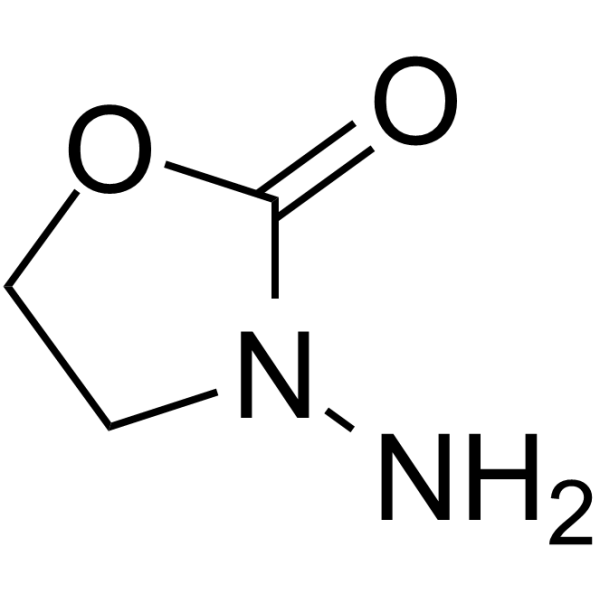
-
GC67902
3-Amino-2-oxazolidinone-d4

-
GC39688
3-Amino-2-piperidinone
La 3-aminopiperidina-2-ona es un metabolito de todos los organismos vivos.
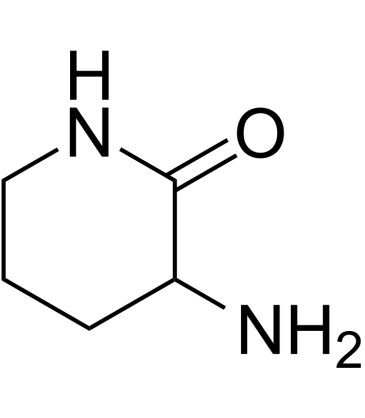
-
GC38293
3-Amino-4-hydroxybenzoic acid
El Ácido 3-amino-4-hidroxibenzoico es un metabolito endÓgeno.
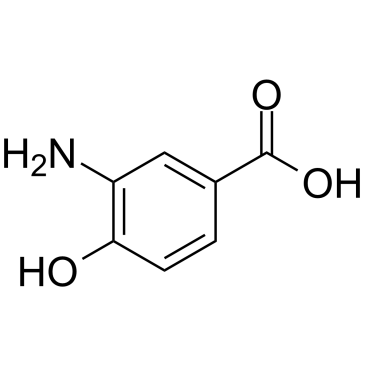
-
GC30719
3-Amino-4-methylpentanoic acid
El Ácido 3-amino-4-metilpentanoico es un aminoÁcido beta y un isÓmero posicional de L-leucina que se produce naturalmente en humanos a través del metabolismo de L-leucina por la enzima leucina 2,3-aminomutasa.
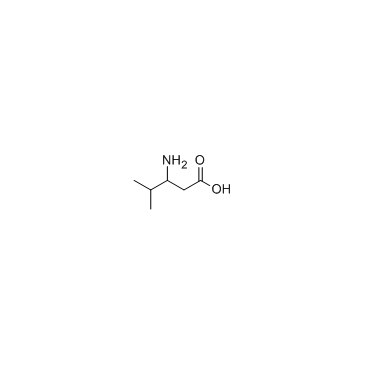
-
GC49849
3-Aminosalicylic Acid
A salicylic acid derivative

-
GC33631
3-Chloro-L-tyrosine
La 3-cloro-L-tirosina es un marcador especÍfico de la oxidaciÓn catalizada por mieloperoxidasa y estÁ marcadamente elevada en la lipoproteÍna de baja densidad aislada de la Íntima aterosclerÓtica humana.
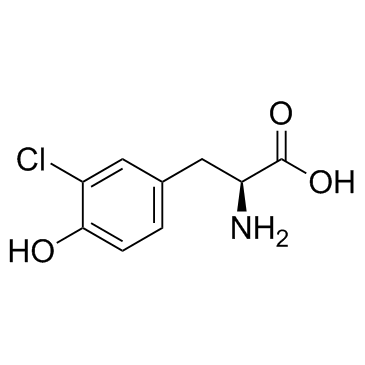
-
GC35106
3-Dehydrotrametenolic acid
El Ácido 3-dehidrotrametenÓlico, aislado del esclerocio de Poria cocos, es un inhibidor de la lactato deshidrogenasa (LDH). El Ácido 3-dehidrotrametenÓlico promueve la diferenciaciÓn de adipocitos in vitro y actÚa como sensibilizador de insulina in vivo. El Ácido 3-dehidrotrametenÓlico induce la apoptosis y tiene actividad anticancerÍgena.
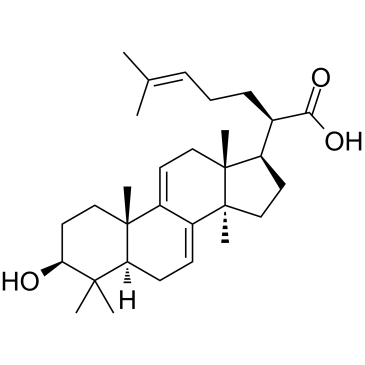
-
GC40743
3-deoxy Galactosone
La 3-desoxigalactosona es un compuesto de 1,2-dicarbonilo procedente de la degradación de la galactosa.

-
GC35111
3-Epiursolic Acid
El Ácido 3-epiursÓlico es un triterpenoide que se puede aislar de Myrtaceae, actÚa como un inhibidor competitivo de la catepsina L (IC50, 6,5 μM; Ki, 19,5 μM), sin efecto evidente sobre la catepsina B.
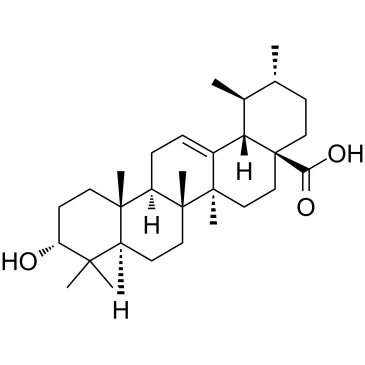
-
GC38257
3-Ethoxy-3-oxopropanoic acid
El Ácido 3-etoxi-3-oxopropanoico es un metabolito endÓgeno.
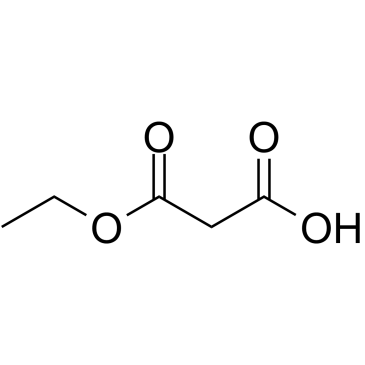
-
GC38368
3-Furanoic acid
El Ácido 3-furanoico es un metabolito endÓgeno.
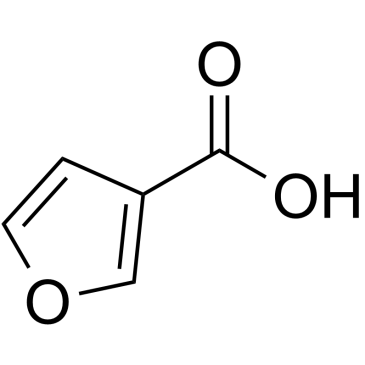
-
GC13377
3-hydroxy Anthranilic Acid
El ácido 3-hidroxi antranílico es un metabolito del triptófano en la vía de la quinurenina.
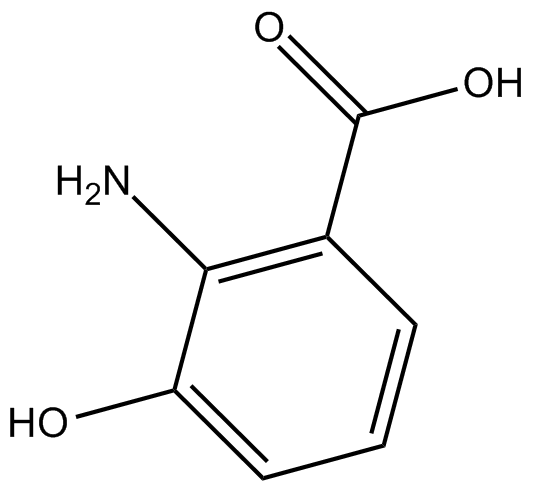
-
GC42274
3-hydroxy Darifenacin
3-hydroxy Darifenacin is a metabolite of darifenacin.

-
GC42275
3-hydroxy Desloratidine
3-hydroxy Desloratidine is a major metabolite of desloratadine , a tricyclic antagonist of the histamine H1 receptor.

-
GC41565
3-hydroxy Medetomidine
3-hydroxy Medetomidine is a metabolite of the α2-adrenergic receptor agonist medetomidine.

-
GC60501
3-Hydroxy-4-aminopyridine
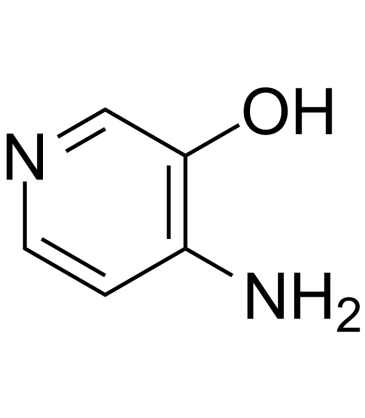
-
GC39328
3-Hydroxybenzaldehyde
El 3-hidroxibenzaldehÍdoes un compuesto precursor de compuestos fenÓlicos, como el protocatecualdehÍdo.
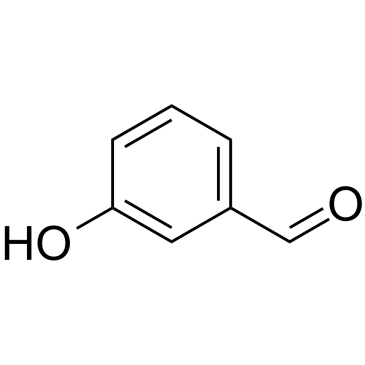
-
GC38669
3-Hydroxybenzoic acid
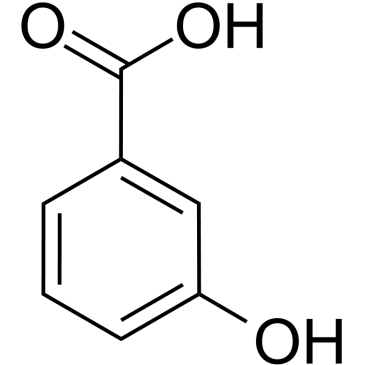
-
GC30616
3-Hydroxybutyric acid
El Ácido 3-hidroxibutÍrico (Ácido β-hidroxibutÍrico) es un metabolito que estÁ elevado en la diabetes tipo I.
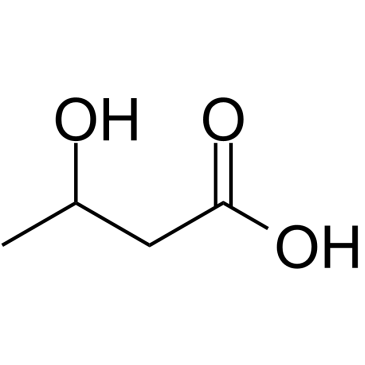
-
GC60502
3-Hydroxybutyric acid sodium
El Ácido 3-hidroxibutÍrico sÓdico (Ácido β-hidroxibutÍrico sÓdico) es un metabolito que se encuentra elevado en la diabetes tipo I.
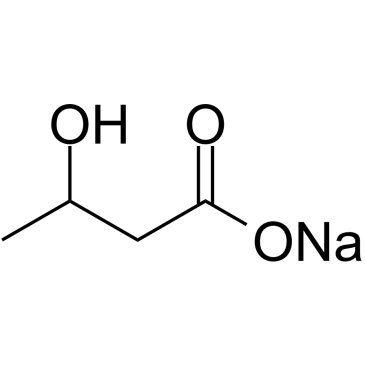
-
GC33383
3-Hydroxycapric acid
El Ácido 3-hidroxicÁprico es un inhibidor de la progresiÓn mitÓtica.
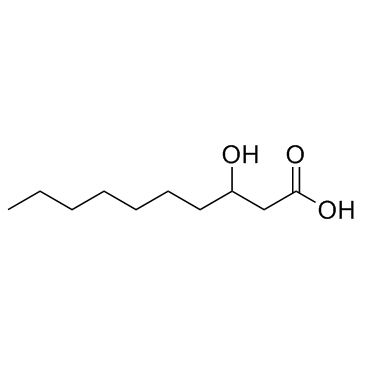
-
GC49364
3-Hydroxycoumarin
La 3-hidroxicumarina es un potente inhibidor redox de la 15-LOX-1 humana.

-
GC30642
3-Hydroxydodecanoic acid
El Ácido 3-hidroxidodecanoico es un Ácido graso de cadena media asociado con trastornos metabÓlicos de Ácidos grasos.
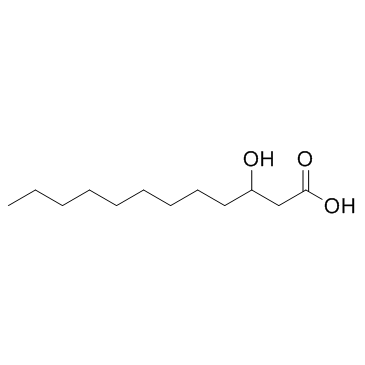
-
GC41477
3-Hydroxyglutaric Acid
El Ácido 3-hidroxiglutÁrico es un derivado del Ácido glutÁrico.

-
GC66424
3-Hydroxyglutaric acid-d5
El Ácido 3-hidroxiglutÁrico-d5 es el Ácido 3-hidroxiglutÁrico marcado con deuterio. El Ácido 3-hidroxiglutÁrico es un derivado del Ácido glutÁrico.
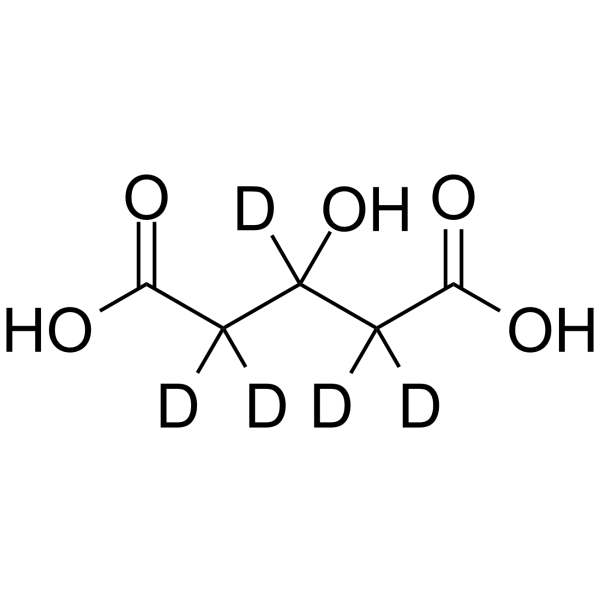
-
GC30603
3-Hydroxyhippuric acid
El Ácido 3-hidroxihipÚrico es una acil glicina.
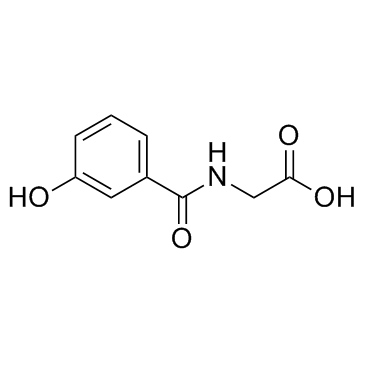
-
GC30660
3-Hydroxyisovaleric acid
El Ácido 3-hidroxiisovalérico es un metabolito endÓgeno normal excretado en la orina.
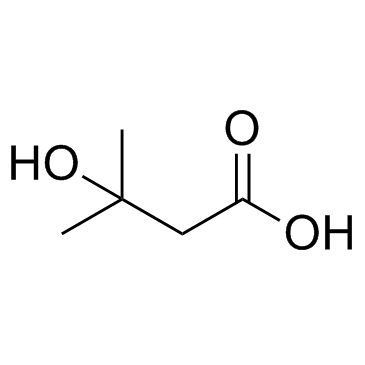
-
GC30638
3-Hydroxymandelic Acid
El Ácido 3-hidroximandélico, un metabolito de la fenilefrina, la fenilefrina es un agonista de los receptores α.
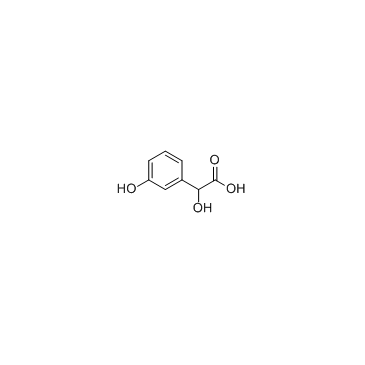
-
GC38269
3-Hydroxyphenylacetic acid
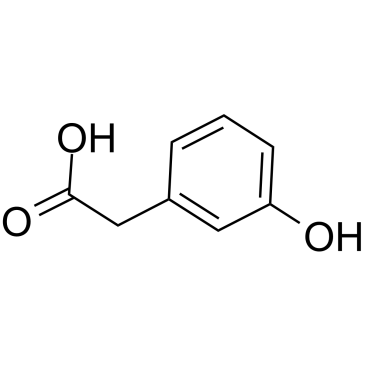
-
GC14549
3-Hydroxyphenylacetic acid
El Ácido 3-hidroxifenilacético es un metabolito endÓgeno.
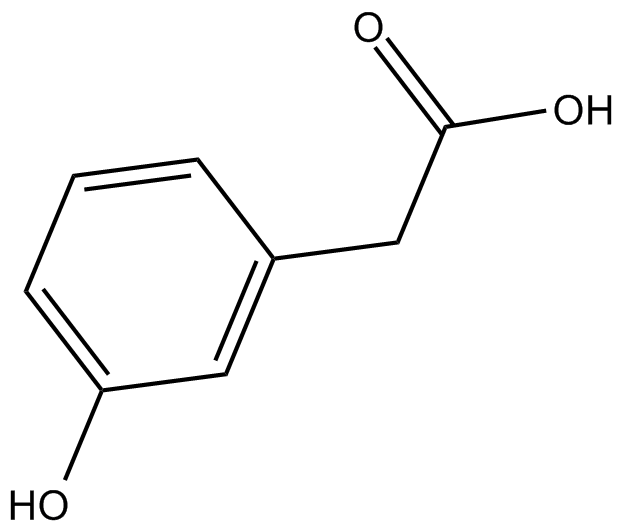
-
GC30636
3-Hydroxypicolinic acid (Picolinic acid, 3-hydroxy- (6CI,7CI,8CI))
El Ácido 3-hidroxipicolÍnico (Ácido picolÍnico, 3-hidroxi- (6CI,7CI,8CI)) es un derivado del Ácido picolÍnico y pertenece a la familia de las piridinas.
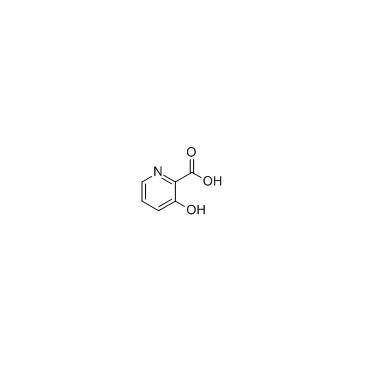
-
GC30729
3-Hydroxyvaleric acid
El Ácido 3-hidroxivalérico es un cuerpo cetÓnico de 5 carbonos.
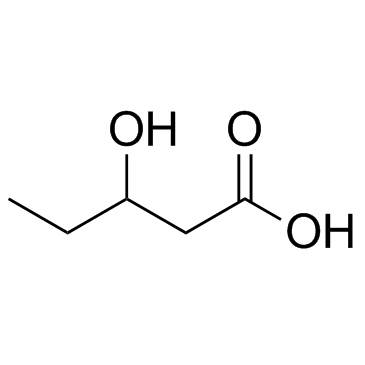
-
GC33436
3-Indoleacetic acid (Indole-3-acetic acid)
El Ácido 3-indolacético (Ácido indol-3-acético) (Ácido indol-3-acético) es la hormona de crecimiento vegetal natural mÁs comÚn de la clase de las auxinas.
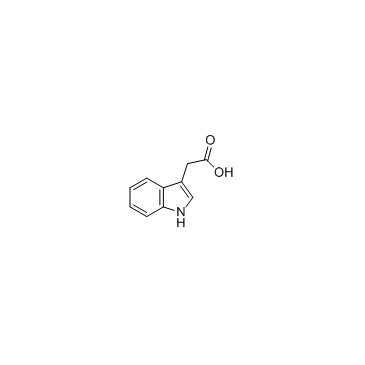
-
GC39778
3-Indoleacetonitrile
El 3-indolacetonitrilo es un metabolito endÓgeno.
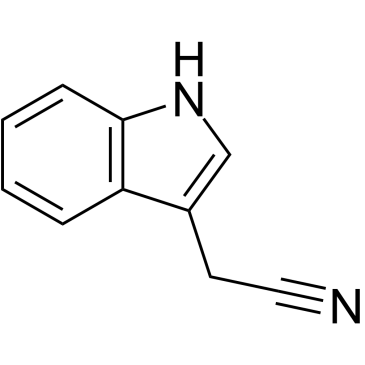
-
GC31290
3-Indolepropionic acid
Se ha demostrado que el Ácido 3-indolpropiÓnico es un poderoso antioxidante y tiene potencial en el tratamiento de la enfermedad de Alzheimer.
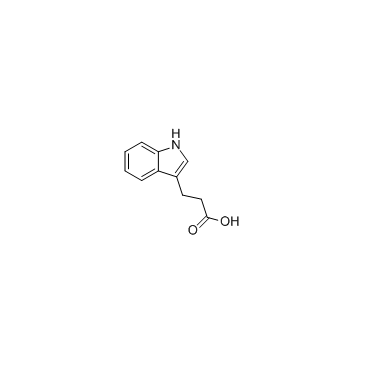
-
GC48457
3-keto Fusidic Acid
An active metabolite of fusidic acid

-
GC33653
3-Methoxybenzoic acid (3-Anisic acid)
El Ácido 3-metoxibenzoico (Ácido 3-anÍsico) se puede utilizar en la sÍntesis de 3-metoxibenzoatos de europio (III) y gadolinio (III).
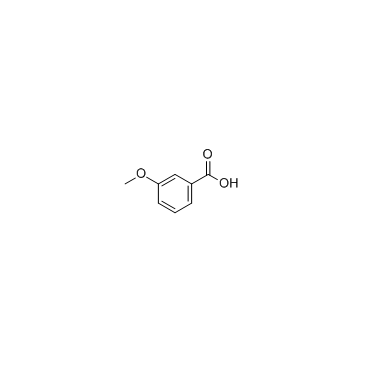
-
GC33739
3-Methoxytyramine (3-O-methyl Dopamine)
La 3-metoxitiramina (3-O-metil dopamina), un metabolito extracelular muy conocido de la 3-hidroxitiramina/dopamina, es un neuromodulador.
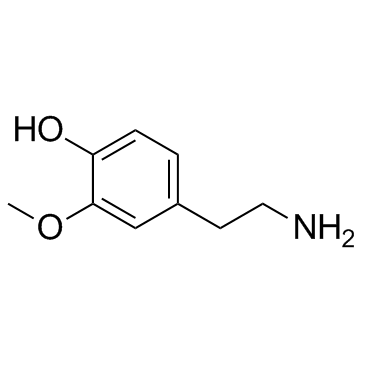
-
GC33738
3-Methoxytyramine hydrochloride (3-O-methyl Dopamine hydrochloride)
El clorhidrato de 3-metoxitiramina (clorhidrato de 3-O-metil dopamina) es un metabolito inactivo de la dopamina que puede activar el receptor 1 asociado a trazas de amina (TAAR1).
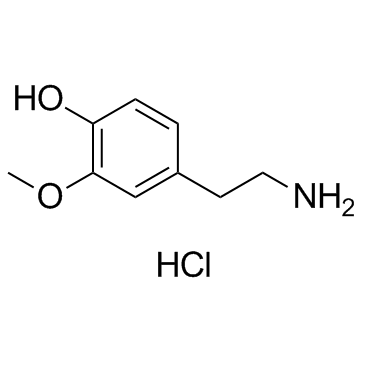
-
GC68324
3-Methoxytyramine-d4 hydrochloride

-
GC49869
3-Methoxytyrosine
An active metabolite of L-DOPA

-
GC39690
3-Methyl-2-buten-1-ol
El 3-metil-2-buten-1-ol es un metabolito endÓgeno.
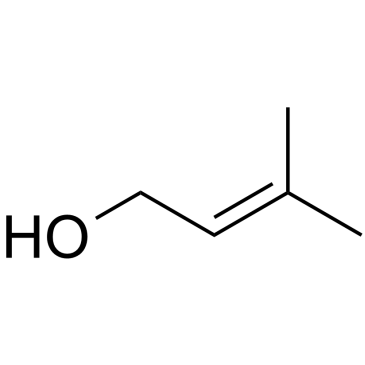
-
GC39846
3-Methyl-2-cyclopenten-1-one
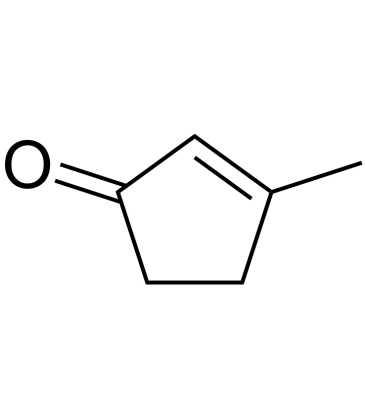
-
GC19716
3-methyl-2-oxobutyrate
El 3-metil-2-oxobutirato es un precursor del Ácido pantoténico en Escherichia coli.
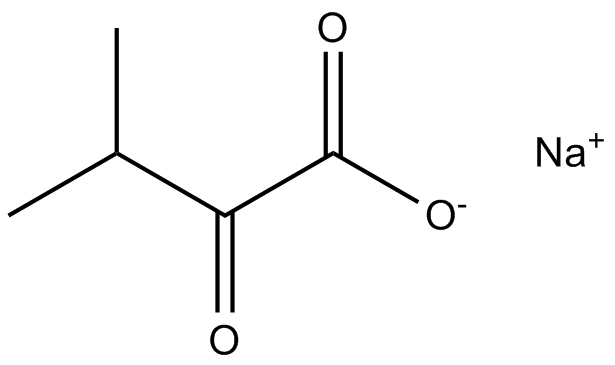
-
GC30593
3-Methyl-2-oxovaleric acid
El Ácido 3-metil-2-oxovalérico es una neurotoxina, un acidÓgeno y una metabotoxina, y también un metabolito anormal que surge de la descomposiciÓn incompleta de los aminoÁcidos de cadena ramificada.
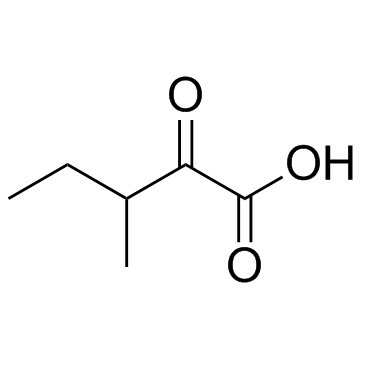
-
GC31535
3-Methyl-L-histidine
La 3-metil-L-histidina es un biomarcador del consumo de carne, especialmente de pollo.
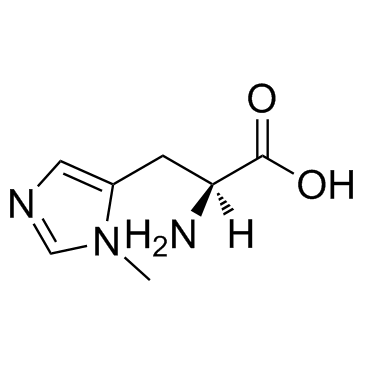
-
GC10710
3-Methyladenine
La 3-metiladenina es un inhibidor clásico de la autofagia.
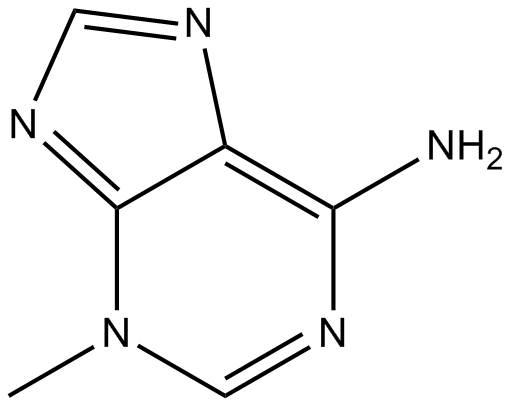
-
GC31546
3-Methyladipic acid
El Ácido 3-metiladÍpico es el metabolito final en la vÍa de oxidaciÓn ω.
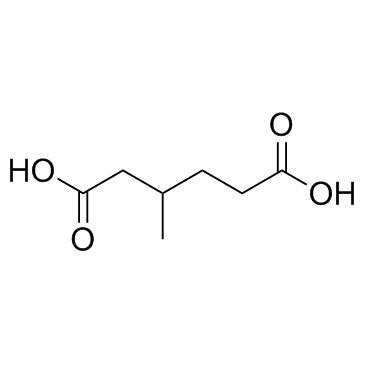
-
GC38360
3-Methylbut-2-enoic acid
El Ácido 3-metilbut-2-enoico es un metabolito endÓgeno.
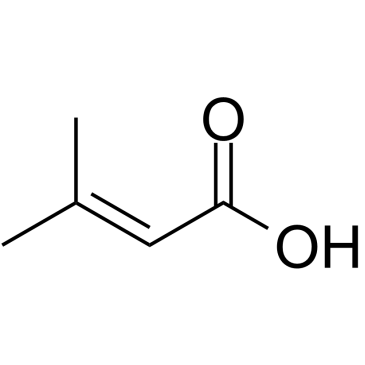
-
GC31595
3-Methylbutanoic acid
El Ácido 3-metilbutanoico es un Ácido graso natural y se sabe que tiene efectos sobre la muerte neonatal y la posible enfermedad de los vÓmitos de Jamaica en humanos.
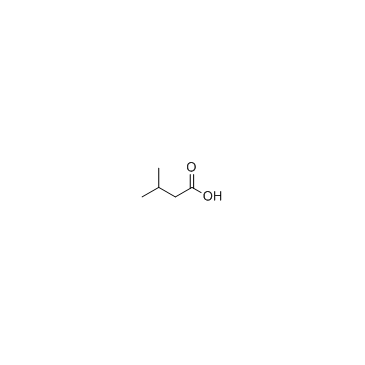
-
GC18628
3-Methylcrotonyl Glycine
La 3-metilcrotonil glicina es una acil glicina, un metabolito de aminoácido normal que se encuentra en la orina.
